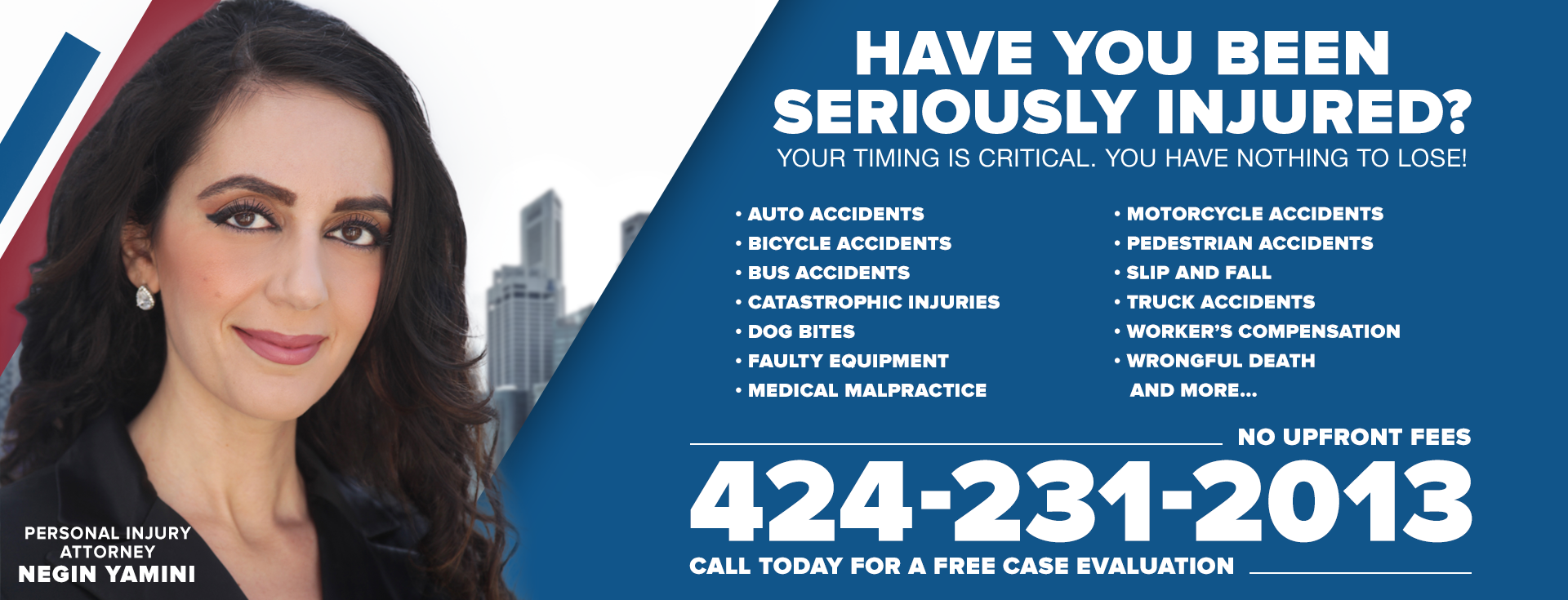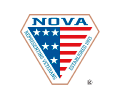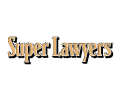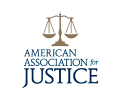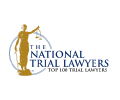A T-bone accident or side-impact collision in Los Angeles could leave you seriously injured because you absorb a lot of force from the accident. You might have a valid personal injury claim if you suffered injuries and losses. You should present your claim to the defendant’s insurance provider to recover compensation. However, determining the defendant is not always apparent. Please read this article to learn more about potential defendants and how to prove their liability and hold them responsible for the damages.
Defining a T-Bone Collision
Typically, a T-bone crash happens when one motorist fails to yield to a motorist with a right-of-way, forming the letter “T” at the point of impact.
These car accidents commonly happen at traffic intersections controlled by a stop signal or stop light. For instance, a motorist might make a hazardous left turn because they assumed the other driver would stop at the yellow light. If the motorist goes through the yellow light, they could hit a turning car. Or the driver could improperly pass through the stop sign, striking the side of the other car in the intersection.
T-bone collisions do not always happen at intersections. They can occur on interstates or highways when a motorist loses control of the car, and skids sideways. Also, a driver can be in a parking lot when a car strikes it from the side.
Some of the common causes of T-bone car accidents include the following:
- Distracted driving
- Fatigued driving
- Drunk driving
- Speeding
- Running a red light
Potential Defendants in T-Bone Crashes
Many scenarios can lead to an accident with at least one defendant. Your personal injury attorney can help you evaluate your accident to determine liability. Common defendants include:
The Involved Driver
If a motorist crosses an intersection on a green light and simultaneously another motorist runs the light and hits them from their side, the motorist at the “T’s” bottom assumes fault. On the other hand, if the motorist who was struck from their side ran the light whereas the other had green, the motorist at the “T’s” top is liable.
Depending on the accident circumstances, any driver can be liable, and the involved drivers might disagree on who is the defendant. Hiring an attorney can aid you in satisfying your case requirements.
The Car Manufacturer
The car manufacturer can be held liable if any of the involved cars has a faulty component that caused the accident, like a struck accelerator or malfunctioning brakes.
Per California product liability law, you can recover compensation from a manufacturer for damages their products caused. An attorney should help you investigate the matter, including the car’s condition during the accident.
Another Motorist
Sometimes the responsible motorist in an accident avoids the accident. For instance, the motorist might make a wrong left turn in front of another vehicle, causing the motorist to swerve to evade an accident and strike another car. The motorist who initiated the chain of events with the unlawful turn is accountable, even when their car did not hit any vehicle.
Proving Fault in Your T-Bone Accident
Determining who is at fault for your T-bone accident is essential because it dictates who bears financial accountability for losses and injuries resulting from the accident. Generally, the liable driver would not pay the compensation themselves; the car insurance provider will.
However, to recover compensation, you must prove the defendant was negligent. Negligence means a person’s failure to act with the degree of care that a prudent person would have exercised under similar circumstances. The conduct consists of both action and omission, where there is a duty to act.
Essential elements of negligence include the following:
- The defendant owed you a duty of care
- The defendant breached the duty through negligence
- The breach caused the harm
- You suffered actual damages
Duty of care means the expectation to use reasonable care concerning others. All motorists owe a duty of care to protect every road user, including themselves.
On the other hand, a breach of duty of care means the negligent person breached their duty of care. The defendant breaches the duty by failing to exercise reasonable care. The jury decides whether the defendant breached the duty as a question of fact.
Causation is the relationship between the defendant’s breach and the damage that happened.
If you suffered harm from the T-bone crash, you might qualify for economic recovery from the defendant. What you recover depends on the damages you experienced during and after the crash. Sometimes, your loved ones can also receive compensation for how the injuries affected your relationship.
Common damages awarded in T-bone accidents include the following:
- Medical expenses — You should prove the expenses associated with the medical condition resulting from your injuries. Medical bills include ambulance fees, nursing services, doctors, emergency room treatment, and hospital stays. You can also recover future medical bills if you require continued medical attention due to the injuries.
- Lost income — You will also recover the money you would have earned if the accident did not occur.
- Lost earning capacity — After your accident, you can recover lost earning capacity damage if you verify your ability to make money in the future has been diminished or impaired by your injuries. Factors determining the required award include your age, life expectancy, health, training, experience, skills, talents, and occupation.
- Loss of consortium — Typically, the uninjured spouse can make this claim, and the financial recovery will depend on whether the victim will recover. The damage compensates for the benefits like sexual relations, companionship, society, assistance, comfort, affection, and solace between spouses.
- Pain and suffering — The pain of the plaintiff’s physical injuries and the by-product of the bodily injuries. It includes mental anguish, loss of life enjoyment, discomfort experienced, fear, anxiety, shock, humiliation, depression, and fear.
Evidence to Collect After Your T-Bone Accident
There are several pieces of evidence to collect and use in proving your personal injury claim, including the following:
Video Footage and Surveillance
If your car collision occurred on a highway, busy road, car park, or near a business, a surveillance camera might have captured the accident. Video footage and surveillance is a useful piece of evidence that gives factual details of the crash, unlike witnesses’ statements that could be biased.
The insurance adjuster can use video surveillance to determine what happened, the damage caused, and who is at fault.
Photographic Evidence
Photos and images can help you prove what happened, the liable party, and the resulting damages. Photographs depict your accident, involved vehicles’ position, debris, weather conditions, and road conditions. They also refresh memory when details begin fading.
It is wise to capture as many photos as possible. You can sort the photos later if your phone has unlimited storage. If not, consider what photos will be most crucial to take.
First, ensure every person is safe before you start capturing your photos.
Here are tips to effectively capture images following your accident:
- General accident scene —Attempt to capture the general view of the collision scene from different angles and distances of the images. For close-up five feet away, medium-distance fifteen feet away, and long-distance twenty feet away.
- All involved cars — First, capture an image of your vehicle, its position, and its damage. Also, capture photographs of every car involved in your collision and the damage to them. Try to get your car’s relative position to other vehicles from different angles. Remember to take as many details of your damaged car as possible, including close-ups of broken windows, glass, scratches, and inside your motor vehicle.
- Traffic signs — Capture pictures of all traffic lights, road signs, yield signals, and any other traffic indicator around and in your accident scene. Remember to take note of their condition and location.
- Weather conditions — Ensure the photos reflect weather conditions since weather can sometimes contribute to the collision.
- Road conditions — Document every skid mark, debris, pothole, and road signal around and in your accident scene.
- Individuals involved — If they consent, take photographs and videos of the involved party, witnesses, law enforcers, and passengers for easy identification in the future.
- Injuries —Take as many visible injuries you have sustained as possible. However, do not capture images of any other victim.
Finally, do not post anything concerning your accident on social media.
Involved Parties’ Statements
Generally, statements by motorists are biased. They try to blame each other for the collision. Due to this tendency, when a driver admits fault, it is treated as robust evidence that they were accountable. That is why you should avoid discussing who was responsible at the accident scene.
Once your statement is documented, you could have difficulty changing it. Insurance companies and police officers rely on your information to determine how to close the personal injury claim. Changing your account can result in suspicion and negatively affect your credibility. That is why you should immediately hire a personal injury attorney and allow them to handle all communications with the defendant.
You should also avoid admitting fault because, while it might seem apparent how the accident occurred, you might not have all the facts about the circumstances that contributed to the crash.
Accident Witness Testimonies
Every party involved in a car accident has a unique and self-serving version of events. That is why an insurance adjuster will ask whether anyone other than the driver witnessed your accident.
A third-party witness can give an unbiased perspective and help determine the defendant. Moreover, they can fill in information gaps because they saw your crash from a different angle than the involved persons, whose accident-related trauma can cloud memory.
Examples of witnesses include the following:
- Cyclists
- Pedestrians
- Passengers and motorists in uninvolved cars
- Individuals in nearby businesses or houses that might have heard or seen the collision
Factors that Determine Your Witness’ Credibility
Just because individuals experienced or saw your T-bone accident does not mean they are credible witnesses. Witnesses are human beings and might not perfectly remember the accident. Also, sometimes people recall the same occurrence differently.
Since events occur quickly during an accident, individuals on the sidewalk might only catch glimpses of the crash. Also, car crashes are stressful and scary. Individuals near the collision might be so preoccupied with their safety that they miss essential details about what occurred.
Some factors that jurors, judges, and insurance adjusters use to evaluate witness credibility include the following:
- Whether the witness saw the collision from the beginning to the end
- Whether it is the sound of the accident impact that drew their attention
- How the witness observed the vehicle before the crash and the distance
- Whether something distracted the witness during the collision
- The witnesses’ character
- Whether your witness is biased, are they your relatives or friend? Do they have financial interests in your case’s outcome?
- Whether their statement is consistent
Information to Collect From Your Witness
Witnesses can be hard to locate following the accident. Consequently, you should collect the following information from all witnesses:
- Work and home addresses
- Work and home telephone numbers
- Contact details of any person close to the witness, like their spouse
If your witness cooperates and their statement supports your claim, you can request that they draft and sign a statement recounting what they experienced. You can also use your smartphone to record the occurrence. However, just write down their contact details if the witness is agitated or uncomfortable.
Skid Marks
When a motorist hits the brakes on a fast-moving car, the driver can reduce the wheel spinning faster than the vehicle’s speed. This results in skid marks as rubber is scraped off the vehicle’s tires by the road.
The skid marks’ length shows how fast the car traveled when the motorist hit the brakes. The length also helps determine the road conditions and surface.
The Location of the Car’s Damage
The damage’s location can also help in determining fault. If Car 1 is hit broadside (t-boned) in an intersection where Car 2 had a stop sign and Car 1 did not, then there is a likelihood that the driver of Car 2 ran the stop sign when it hit the other car.
Who Determines the Defendant in a T-Bone Accident?
The police, the court, and insurance adjusters have a say in who is responsible for the accident.
Police Reports
After reporting your T-bone accident, police officers will come to your accident scene. They will interview motorists, witnesses, and drivers before drafting a police report of the incident and submitting it to their police department.
While the police report contains statements about the defendant based on the law enforcers’ professional judgment, that does not always mean the defendant will be held accountable for damages and injuries in a lawsuit.
How Insurance Providers Determine the Defendant
After an accident, the victims should report the matter to their auto insurance provider. Once a personal injury claim is filed, the insurer will assign an insurance adjuster. The adjuster will oversee the accident’s investigation and claim settlement.
During the investigation, the adjuster will:
- Research your accident
- Talk to witnesses
- Analyze medical reports and bills
- Examine the damaged property
- Visiting the accident scene
- Requesting your phone records
- Taking recorded statements
- Reviewing your social media presence
Ultimately, the adjuster will determine the defendant. Sometimes this involves assigning a portion of liability to more than one party.
California follows the comparative negligence rule, which allows the victim to recover compensation even if they are partially accountable for the collision. The insurance provider will reduce the plaintiff’s damages based on their portion of negligence contributing to the crash.
You are not legally obligated to offer the information requested by the insurer. Unless the claim has proceeded to trial and a court order says so, your insurance provider has no legal way to coerce you into providing information. However, that does not mean you should blow off the adjuster’s investigation. While the insurer should pay a valid claim, the responsibility depends on you taking responsible steps to cooperate with the investigation. Otherwise, your claim will be denied.
The Court
The jury/judge will determine the defendant if your case proceeds to trial. The jury or judge will consider opinions from the involved parties’ lawyers and proof presented by the attorneys. It can be testimony from:
- Witnesses
- Motorists
- Police officers
- Expert witnesses like accident reconstructionists and doctors
Please note that the determination of liability by insurance adjusters and police reports does not affect the court case’s outcome. The rule of evidence can prevent specific proof from being presented during the trial, including a police report considered hearsay.
However, proof of a traffic violation, like a traffic citation, can convince the judge/jury that the defendant was negligent and caused the collision.
Find an Experienced Los Angeles Personal Injury Attorney Near Me
A T-bone crash happens when the front of a car strikes another’s side. The accident can severely injure you, especially if sitting near the impact point. The aftermath of a T-bone accident can be frustrating and confusing when determining the defendant and dealing with the insurance firm. The Los Angeles Personal Injury Attorney can collect and analyze evidence to determine the defendant. While filing a claim would not change the accident’s impact, we can help you receive financial compensation that could make you whole again and give you peace of mind. Please contact us at 424-231-2013 to schedule your free case review.

